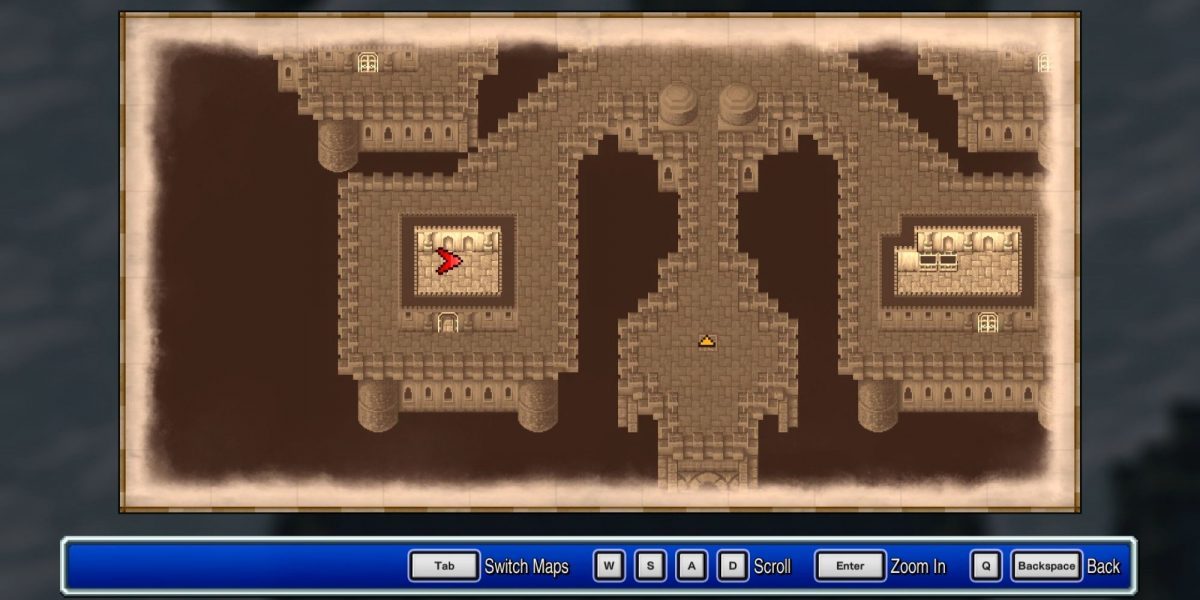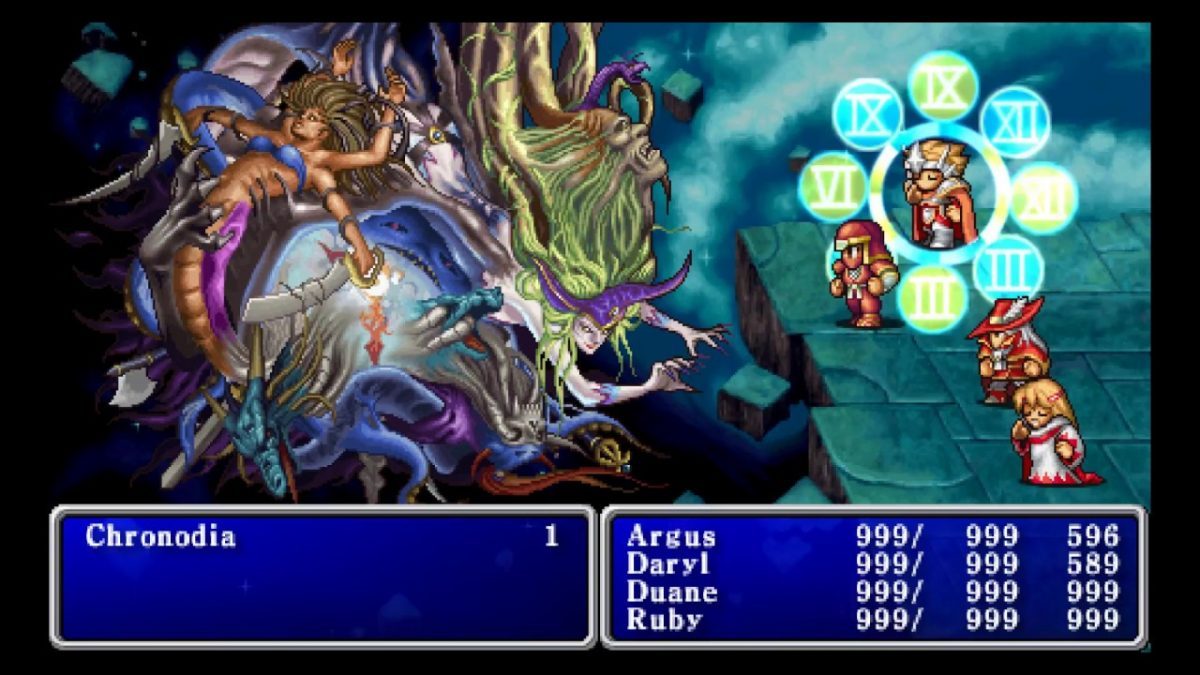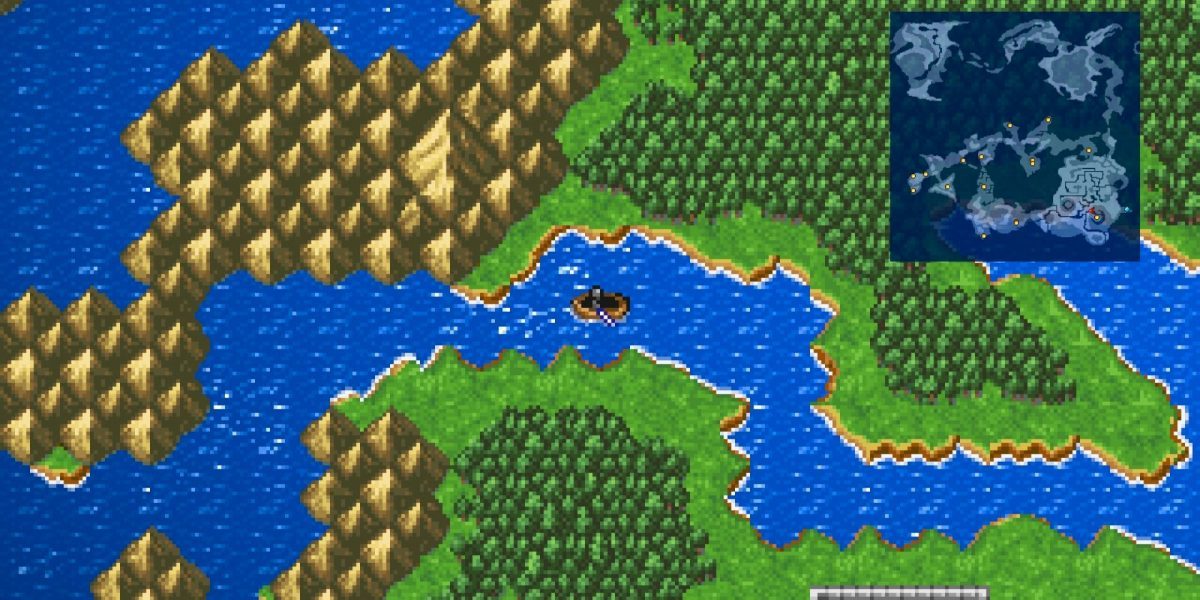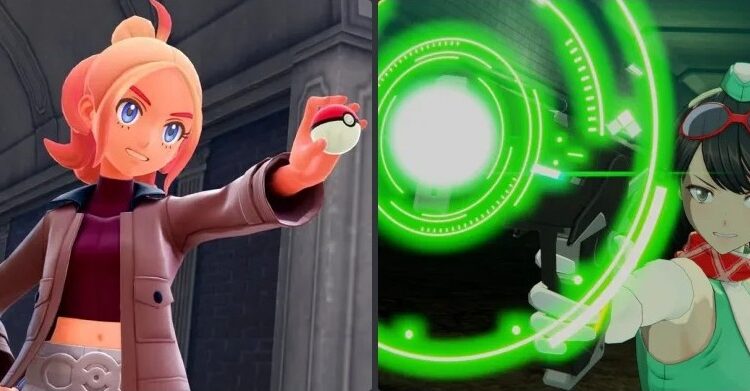Launched in July this year, Square Enix has begun rolling out the first six Final Fantasy games in a newly remastered collection titled Final Fantasy: Pixel Remaster. Today we’re looking at the first two games in the bundle to see just how different these games are from their original NES versions, and answer the question “are these a definitive way to play both games?”
For the record, this review is based on the PC version of each game.
![]()
Music
The team working on this project included the original music composer, Nobuo Uematsu! The soundtrack reworking is amazing! It’s fresh, it’s fitting, and it’s nice to hear how far Nobuo has come as a music composer, whether working with 8-bit computers, a full orchestral, or synthetic instruments. He continues to bring the Final Fantasy worlds to life every time! The best part? Each game has a sound gallery for you to listen to any song in your spare time.
https://www.youtube.com/watch?v=VNqFcyYOLoE
Graphics
Also returning for Pixel Remaster is the original pixel animator, Kazuko Shibuya. She’s one of a kind, hard-working, and it’s great to see her hard at work on mainline Final Fantasy games again! To say the visual difference is “night and day” would be an understatement. For the Pixel Remaster, it is like comparing the Stone Age to the Industrial Revolution. Base sprites have been polished to look a lot crisper and cleaner than their NES originals. The world map detail is far more lush and colorful, and battle screens, well — they actually have real backgrounds!
![]()
They may not be perfect, but for games that are over 30 years old, this is without a doubt the best they can look without doing a from-scratch remake like they did for the 20th Anniversary PSP versions. Speaking of which — that’s actually something sour to compare to when the 2007 remake might have been a more superior version to use. However, I could also be biased, since that’s the version I played roughly eight or nine times in middle school.
As for the quality of life, each game has received a number of enhancements. Auto-battle has been added, which just repeats previous actions for each character at enhanced speed. Prices of weapons and other items in shops have decreased, which is a relief when these two games almost demand you have the best possible weapons before going into new dungeons. Auto-save now happens every time players enter a new room or dungeon floor, making dungeon-crawling less anxious. Finally, a mini-map has been installed. Exploration has never been easier!
Simply put, Pixel Remaster is a lot kinder to newcomers.

Story
It might not be worth spending too much time critiquing stories from games that are as old as these two, but I think it’s worth mentioning their high points. Final Fantasy I is a bit odd in the fact that with the exception of maybe six cutscenes, there is very little room for breaks from gameplay. The game offers four silent protagonists known as the Warriors of Light, prophesied to restore the light to the four great crystals of the world. In doing so, the world will be rid of the hordes of fiends that have overrun the planet for centuries.
As simple as it is, the way the game requires you to talk to most NPCs for hints of where to go and what to do does its job to give players every detail about the world they could hope for, making each location memorable instead of giving us Generic Medieval Village #69, something that future Final Fantasy games kind of slumped into.
![]()
Final Fantasy II is the exact opposite, trying to tell one of the most conflict and character-driven stories it can for an NES game. The four heroes, Firion, Maria, Guy, and Leon are left stripped of their lives when the Palamecia Empire’s conquest for world domination reigns over the continents. Despite the odds, they join the tiny resistance group in the struggling effort for liberation.
Unique mechanics such as phrase and password memorization allowed for an odd way of still including player input. Then you have its one-of-a-kind experience system. Although realistic in many senses and probably innovated at the time, it just hasn’t aged well. Unfortunately, there is no way around it at this point without doing a full from-scratch remake. Criticizing it any further after 30+ years just feels like low-hanging fruit. Lastly, players are practically given access to most of the world map after level two, making Final Fantasy II the closest you can probably get to an open-world game on the NES. Moreover, there’s a level of charm to playing this game, knowing that it was the title that gave the series so much iconic reoccurring imagery, including Dark Knights, Behemoths, Ultima magic, an airship engineer named Cid, and one of the series mascots: chocobos.
![]()
Flaws
Unfortunately, with both games being enhanced from the original NES versions, this means that bonus content that we saw in the Playstation Portable or Gameboy Advance versions didn’t return to Pixel Remaster. That means no Labyrinth of Time, Souls of Chaos, Arcane Labyrinth, or Soul of Rebirth. Without extra story content or super bosses, this leaves very little to experience outside of the main story.

Also, because these games are so old and focus on exploration, that does mean that if you’re not turning over every stone in most dungeons or using your imagination to find hidden areas then odds are you’ll miss key items or puzzle pieces. This is important for story progression, particularly to reach the Flying Fortress in Final Fantasy I.

Are They Worth It?
For those who have never touched the older titles and are curious — absolutely. Final Fantasy: Pixel Remaster is the way to go. If you’re like me and had already played both titles eight or nine times on a PSP back in 2007 (and still have working copies) then odds are, probably not until they’re on sale. To some extent, when there are notably superior versions of the game already out (now discontinued from app stores) it feels like the whole purpose of Pixel Remaster is for the first six games to have a consistent visual aesthetic — something they haven’t had since their original releases.
Well…that’s achieved, to say the least.
As great as they are, the lack of endgame content is a bit disheartening, as is their limited release.
Currently, the Pixel Remaster of Final Fantasy I and Final Fantasy II are available on smart devices and Steam for PC. While no console release plan has been announced, it might be worth noting that Square-Enix is rolling all six games out “when ready”. Odds are, they could be waiting until all six are finished before releasing a bundle on home consoles.
Join us next week for our review of Final Fantasy III.














